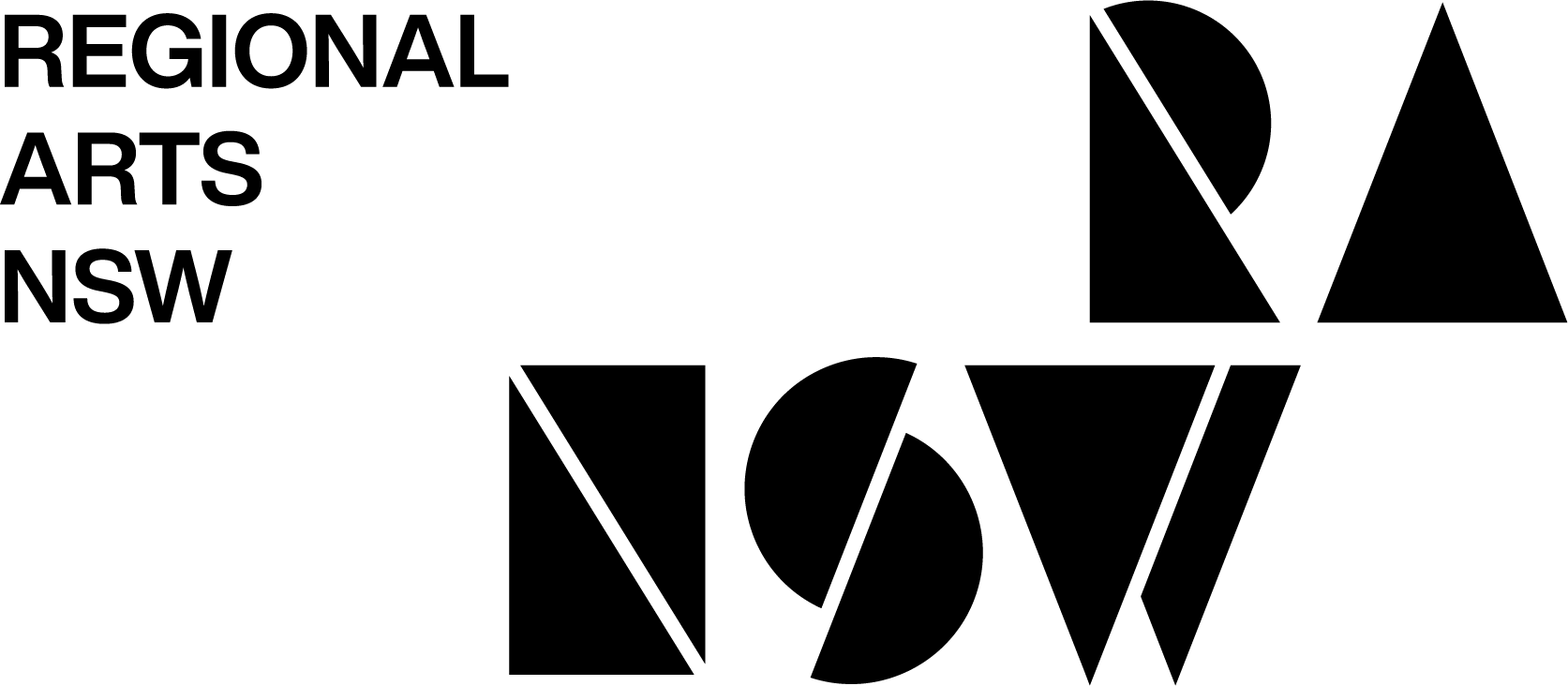Recent events in Australia have highlighted the fractured nature of some of Australia’s social systems. I don’t have rose tinted glasses about the extent to which the arts can impact social cohesion; there are a range of support systems that that need to be addressed and the art is not the first port of call. Despite this, we have a part to play, and a part that works differently to the interventions that need to happen across so many other sectors.
In the arts we interpret, we tell stories, we persuade. We can change people’s opinions. I concede that there are times when the arts strays into personal campaigns centered on uninformed opinion, but for the most part I see examples across all artforms that enable us to understand more about the stories that need to be told, the positions that need to be shared. The arts is one of the best vehicles for truth-telling. When done well it can elicit a level of empathy because of the way the arts presents different positions.
I don’t think that all artwork needs to be exploring social issues. But at the moment, when I see this fracturing of social cohesion happening because of narrow views, entrenched behavior and opinions in our regional and rural communities as well as in the cities, a lack of kindness towards each other and a refusal to try and fully understand the complexities of the contexts that breed extreme responses, I certainly see a role for us in the arts. And I believe that regional communities are some of the best places to make sure this work can have an impact.
